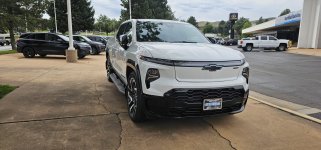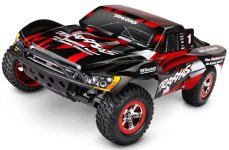ZR2BIZON
Well-known member
Fellas,
I was at my local Stealership for an oil change and they had this RST. Looks badass in person. Miles ahead of the WT (obviously).
I wouldn't mind one in my driveway but it needs to be discounted atleast 20k.
I can't see it being worth 100k
Side note. The bowtie is a bit different. It has rounded wings.



I was at my local Stealership for an oil change and they had this RST. Looks badass in person. Miles ahead of the WT (obviously).
I wouldn't mind one in my driveway but it needs to be discounted atleast 20k.
I can't see it being worth 100k
Side note. The bowtie is a bit different. It has rounded wings.









